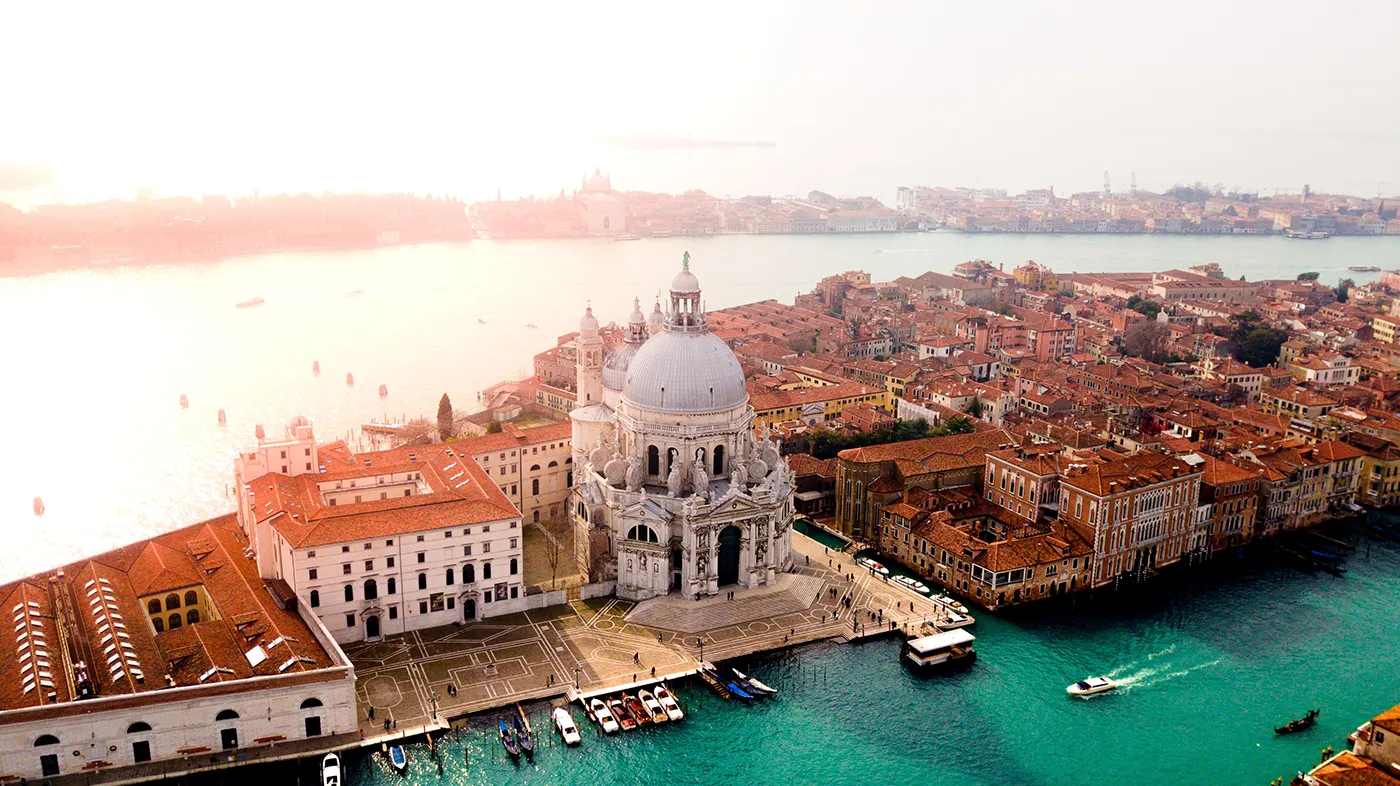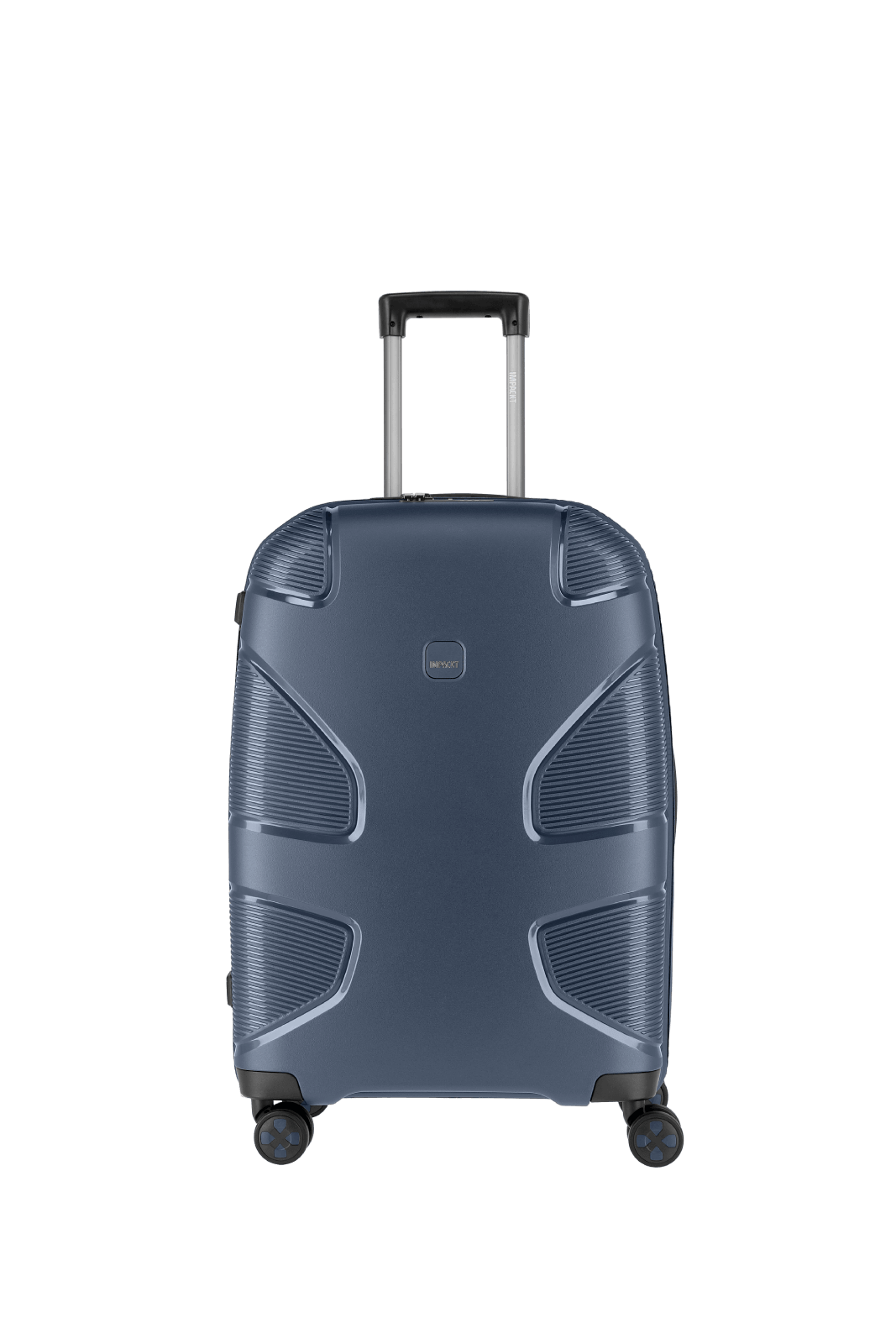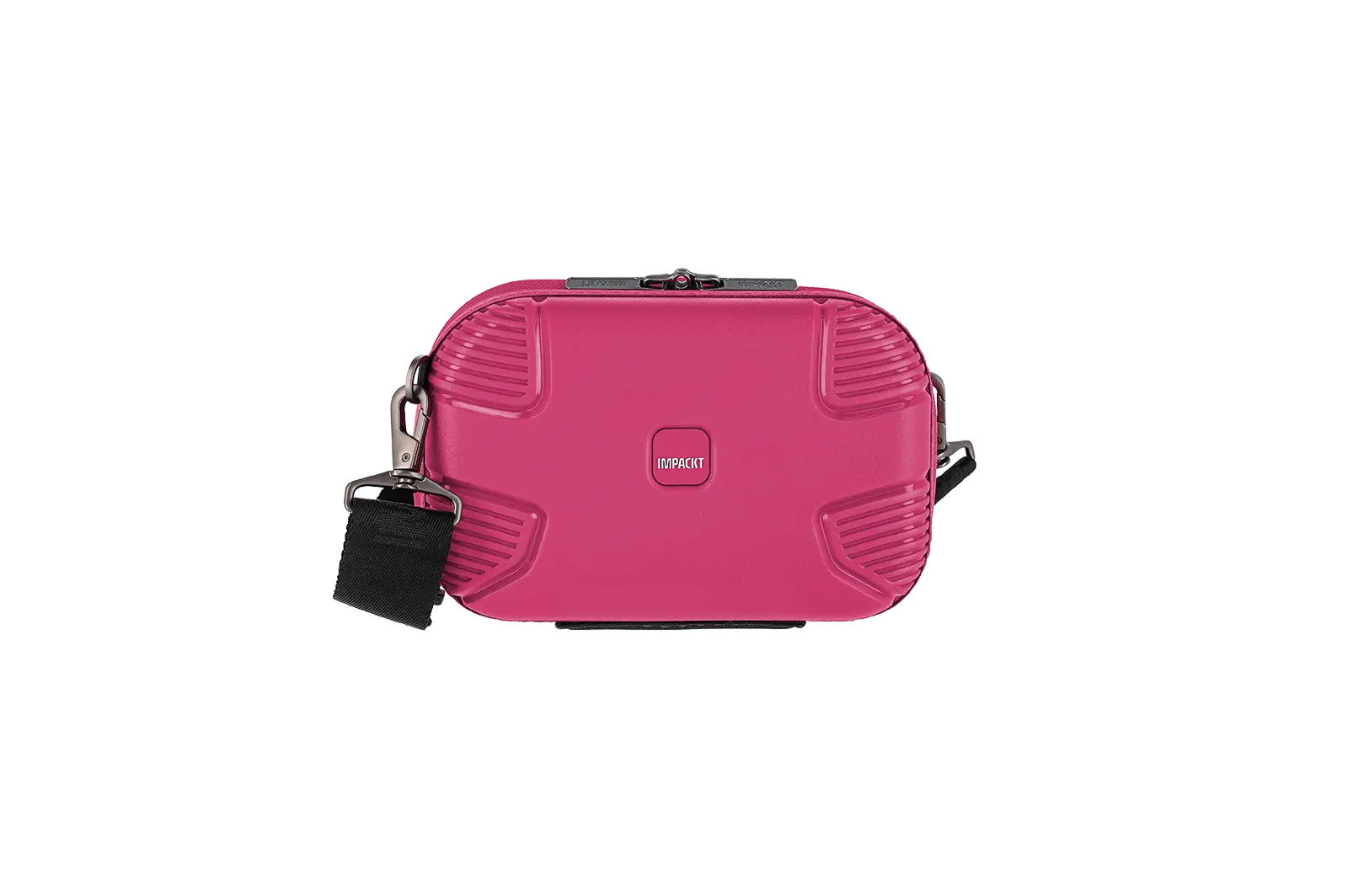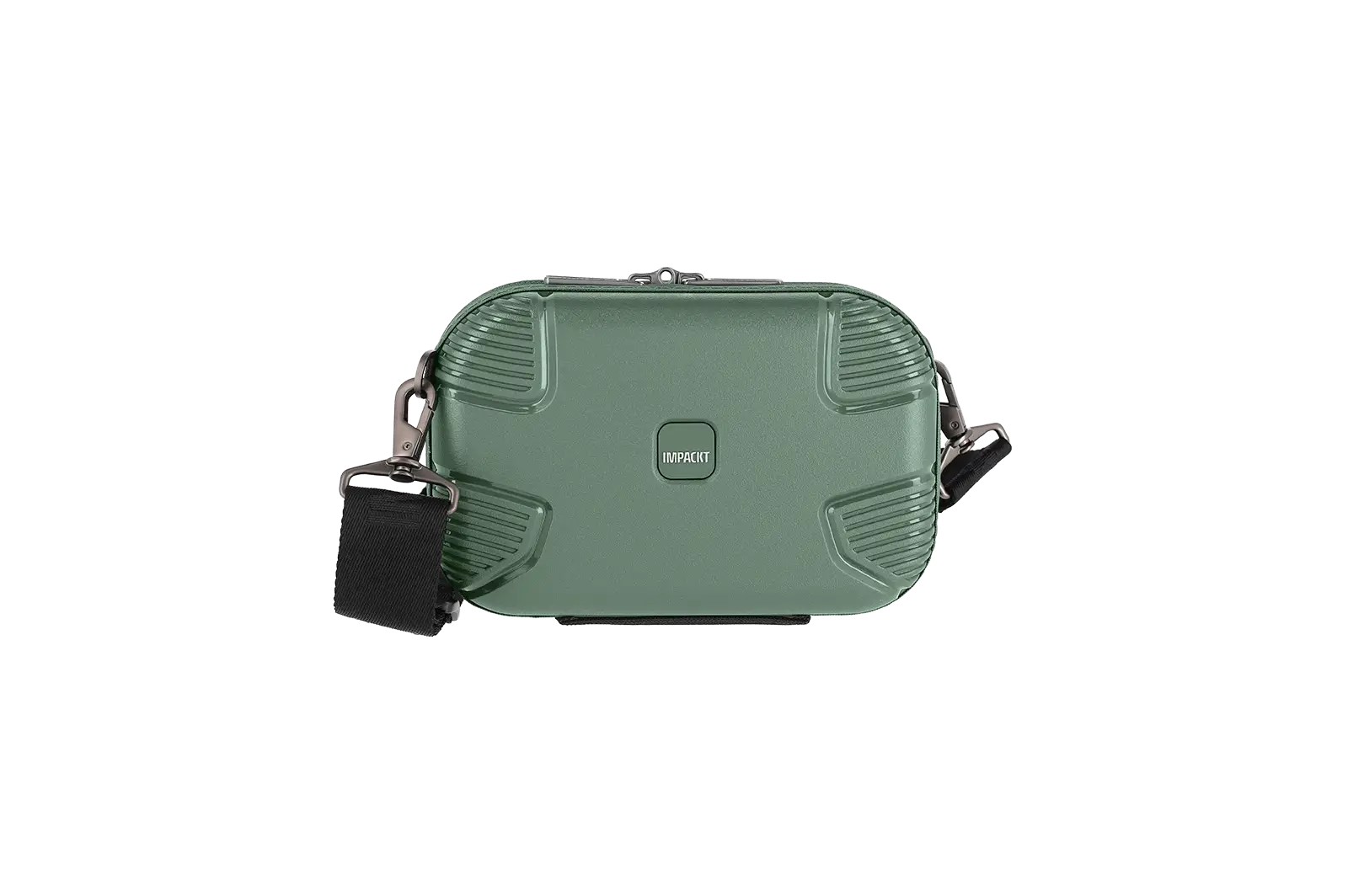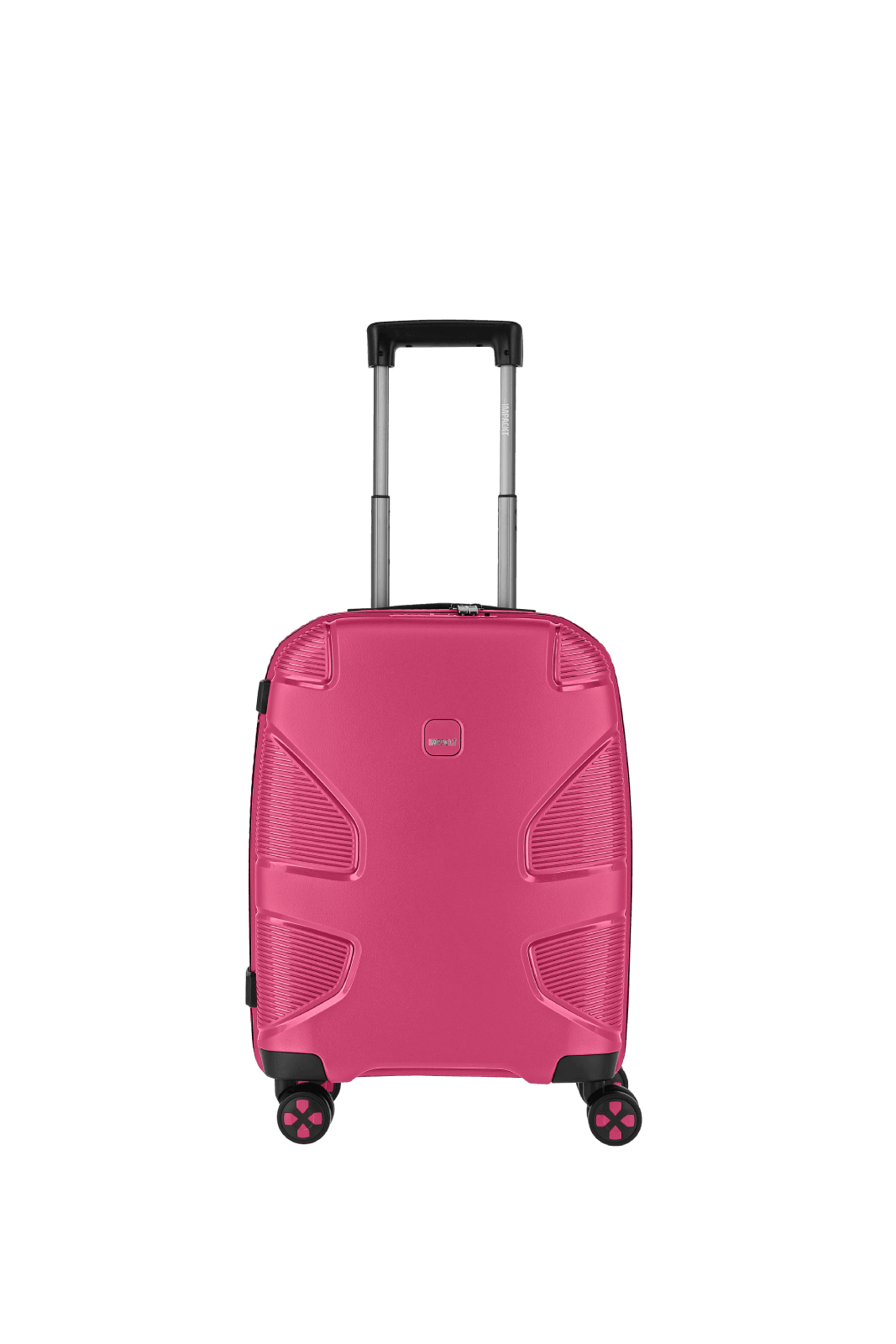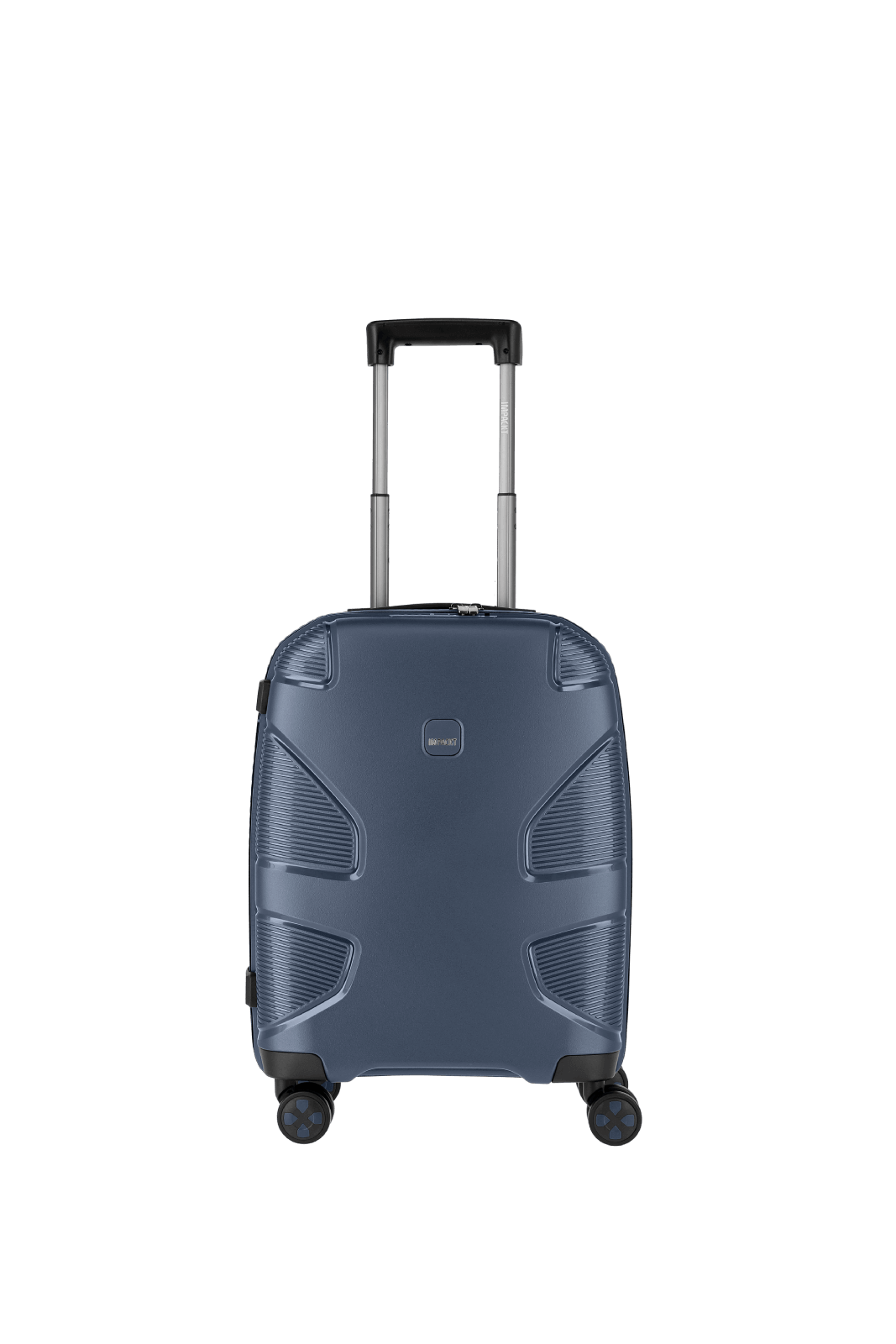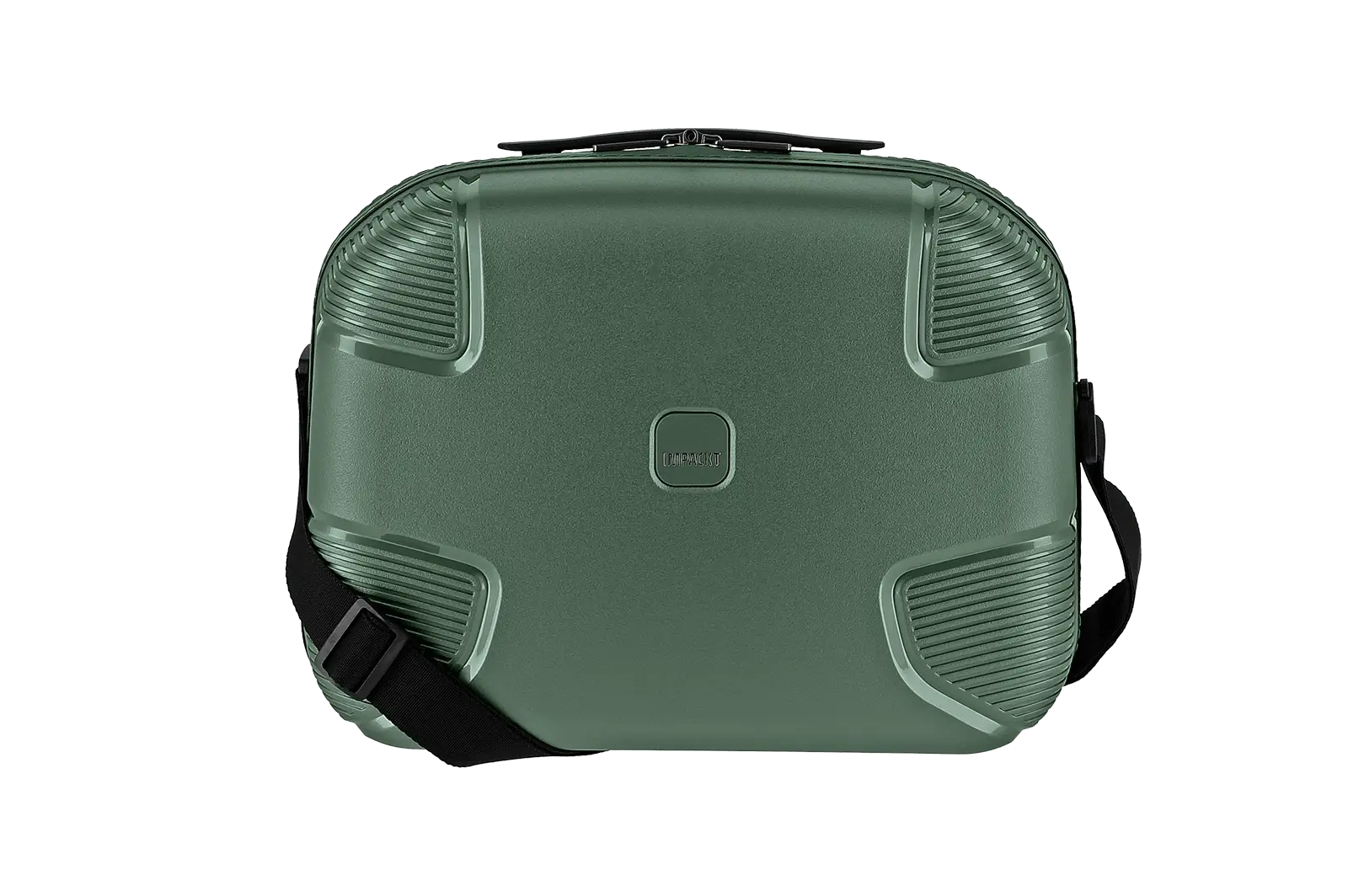A leisurely latte macchiato on St. Mark's Square, listening to the musicians of the famous
Café Florian including a view of the cathedral. Then a gondola ride into the sunset, quietly rippling through picturesque canals lined with impressive villas... This is pretty much how we imagine a trip to Venice. In reality, in the high season we can almost walk dry-shod along the canals in view of the many gondolas and launches, there is loud honking and shouting everywhere and more people than pigeons crowd St. Mark's Square.
Many of the most beautiful places in the world are no longer insider tips. The buzzword Overtourism covers all the problems that are pushing tourist hot spots such as Venice, Amsterdam or Barcelona to the limits of their capacity. The destinations and their inhabitants cannot and do not want to be without visitors, but are increasingly unable to cope with the mass influx during peak season. Venice is now charging entrance fees for day tourists, Amsterdam is banning cruise ships from the port and wants to relocate the red light district, Barcelona is using an app to try and manage the flow of visitors in a more sustainable way.
Join us on a journey through the overtourism crisis destinations of Venice, Barcelona and Amsterdam in our three-part series. We'll show you how you can visit these top destinations, which are of course still worth seeing, without sawing at their fragile branches. We also have a few alternatives to each of the hot-spot destinations that are also worth a look.
Venice
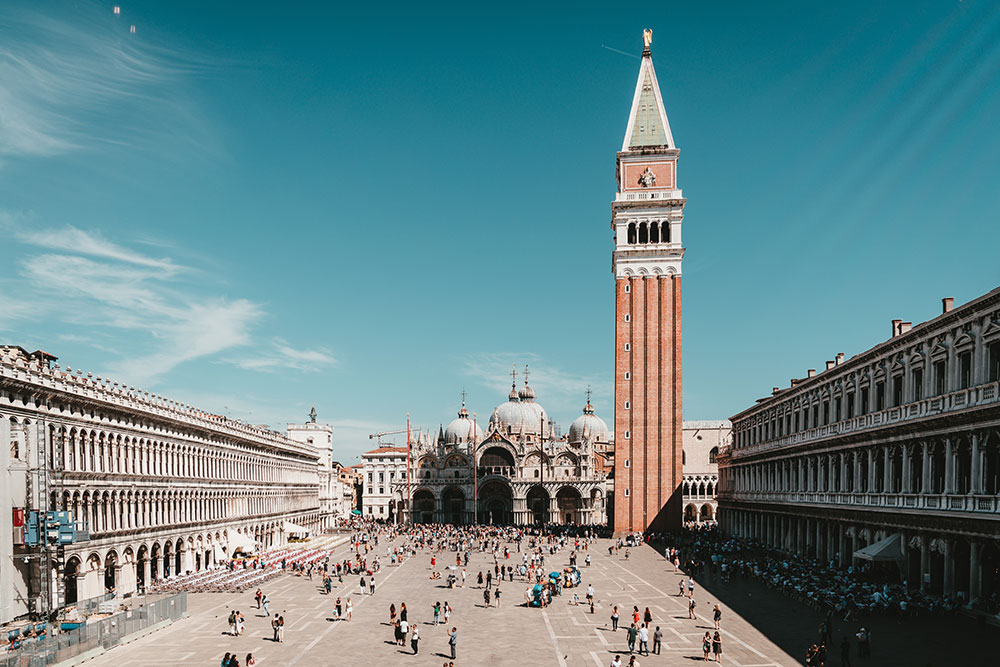
Venice is a lagoon city built on more than 100 islands. Around 400 bridges connect the islands and countless canals flow through Venice - from very narrow to quite wide, like the famous Grand Canal.
No other city in Europe has been hit as hard by mass tourism in the past decade as Venice. The giant cruise ships, which were allowed to dock in the middle of the city on St. Mark's Square until 2021, were not least to blame. Thousands of people streaming into the historic old town at the same time and spending almost no money because they have all-inclusive on board: This is the opposite of sustainable tourism.
During the pandemic, the world was able to watch Venice breathe a sigh of relief from afar: the canals recovered, the garbage disappeared, the air quality improved. But unfortunately this did not last. Venice remains extremely popular - and needs visitors, but in moderation.
Venice, mystical in the fog
If you want to visit one of the most visited destinations in the world without becoming part of the overtourism problem, it's best to travel off-season. There are a few reasons for this:
- Off-season destinations are less crowded.
- Prices and costs for the vacation are lower: hotels have lower overnight rates in the off-season.
- The crowds are not as big, so the risk of the hotel of your choice already being fully booked is significantly lower.
- The local people are less annoyed.
- You don't experience the city in typical "insta-mode", but literally see it in a different light, in November for example, foggy and mystical.
Our tip: Visit the jewel in winter. And outside of public holidays. If possible, not at the weekend. Carnival in Venice? Please don't. Better to enjoy the November fog over the canals wrapped up in the gondolas. By the way: the recently adopted "Venice entrance fee" only applies to day visitors. So if you are planning a Venice short break in winter with a few overnight stays, you are exempt from this. Anyone visiting Venice in winter must know and like the fact that it will be cold in the lagoon city. You have to dress warmly, there is less daylight and some cafés, restaurants or hotels may be closed. However, the top sights and most stores are open because there is still plenty going on.

In order to see popular sights such as Market Square as empty as possible, we recommend that you don't just travel to Venice as a day tourist. In the early hours of the morning, at sunrise, you have the chance to enjoy Venice almost without the crowds. As the city is relatively small, you can experience much of what makes the lagoon city so unique with just a two-night stay.
Our tip: Book your tickets for visiting the main highlights online before your trip. This will save you having to queue in the cold on site and you can skip the queues. Official tickets for the Doge's Palace and St. Mark's Basilica can be booked online, sometimes with a free cancellation option up to 24 hours in advance.
In winter, the city often experiences acqua alta, the "high water" that regularly floods parts of Venice, not always to the delight of the locals. However, visitors in rubber boots may even gain something from this natural phenomenon, as long as the water levels are not extreme. Here we can also feel a little humility in the face of the obvious consequences of climate change: the rising sea level will be devastating for the lagoon city in the long term.
Accommodation tip: Choose long-established hotels and bed and breakfasts: Here there is a chance of "real" encounters and an insight into the lifestyle of the residents. This way, you won't deprive the locals of much-needed living space either, as the Airbnb options described as "vacation with friends" are often backed by real estate sharks.
Venice tips:
Gondola workshop Squero di San Trovaso
Between the quaint alleyways and small canals lies a small highlight: on the Zattere (waterfront promenade in Dorsoduro) you will still find a real gondola workshop. The Squero di San Trovaso is still in operation. The workshop is located on the Rio San Trovaso canal, from opposite you can watch the workers building the world-famous gondolas. However, the workshop is not open to the public and is closed on Sundays. Nevertheless, it is worth a detour; there is also a small bar opposite with tasty treats.
Libreria Acqua Alta

"The most beautiful book store in the world" reads the sign in front of the entrance. That sounds self-confident, but the bookshop really is unusual. The charm is very unique and original, including the small book terrace at the back of the store, which has become one of the most popular Instagram photo spots in Venice. The bookshop Libreria Acqua Alta (translated bookshop high water) is located in the middle of Venice and sells mainly books, but also pictures, drawings and postcards. The bookshop is often hit by the famous floods in Venice. This is probably why many books are kept in unusual containers such as gondolas, small ships, bathtubs and barrels: they should not get wet.
Rooftop terrace of the T Fondaco dei Tedeschi shopping center
A little insider tip among the most beautiful viewpoints in Venice is the roof terrace of the popular T Fondaco dei Tedeschi shopping center. Located directly above the Rialto Bridge, it gives you a fantastic 360-degree view over Venice. Access is free, all you need is a Reservation.
Venice alternatives:
Chioggia
The small fishing town in the Venetian lagoon, just 50 kilometers south of Venice, boasts a picturesque old town including canals, bridges, footbridges and plenty of flair. In addition Chioggia has its own beach in Sottomarina, which can be reached on foot. The best way to reach the old town is on foot via one of the bridges. Here you feel like you're in Venice, just away from the main streets: Small cafés on the banks of the quiet canals, laundry drying between the houses and fishing boats with the catch of the day. The most beautiful is the middle canal Vena, which flows into the lagoon under the Ponte di Vigo bridge.
Cesenatico
About 180 kilometers south of Venice, between Ravenna and Rimini on the Adriatic coast, lies Cesenatico. Although the town is not a lagoon city, its two large canals are very reminiscent of Venice. There is a large parking lot in front of the old town. From here, it is only a few meters to the Porto Canale Leonardesco canal, which runs through the old town to the sea.
Treviso
Treviso is not by the sea, but there are still many things that remind you of Venice. Around 40 kilometers north of the lagoon city, you will find the picturesque old town enclosed by a city wall, through which many small canals run, fed by several rivers. Numerous restaurants are scattered throughout the old town, where you can enjoy authentic Italian cuisine. The tiramisu is said to have originated here, and the region is known nationwide for its Prosecco.
We hope you find your personal favorites for Veneto - without getting lost in the crowd. Next time, we'll summarize socially and environmentally sustainable tips for the hot spot Barcelona.
